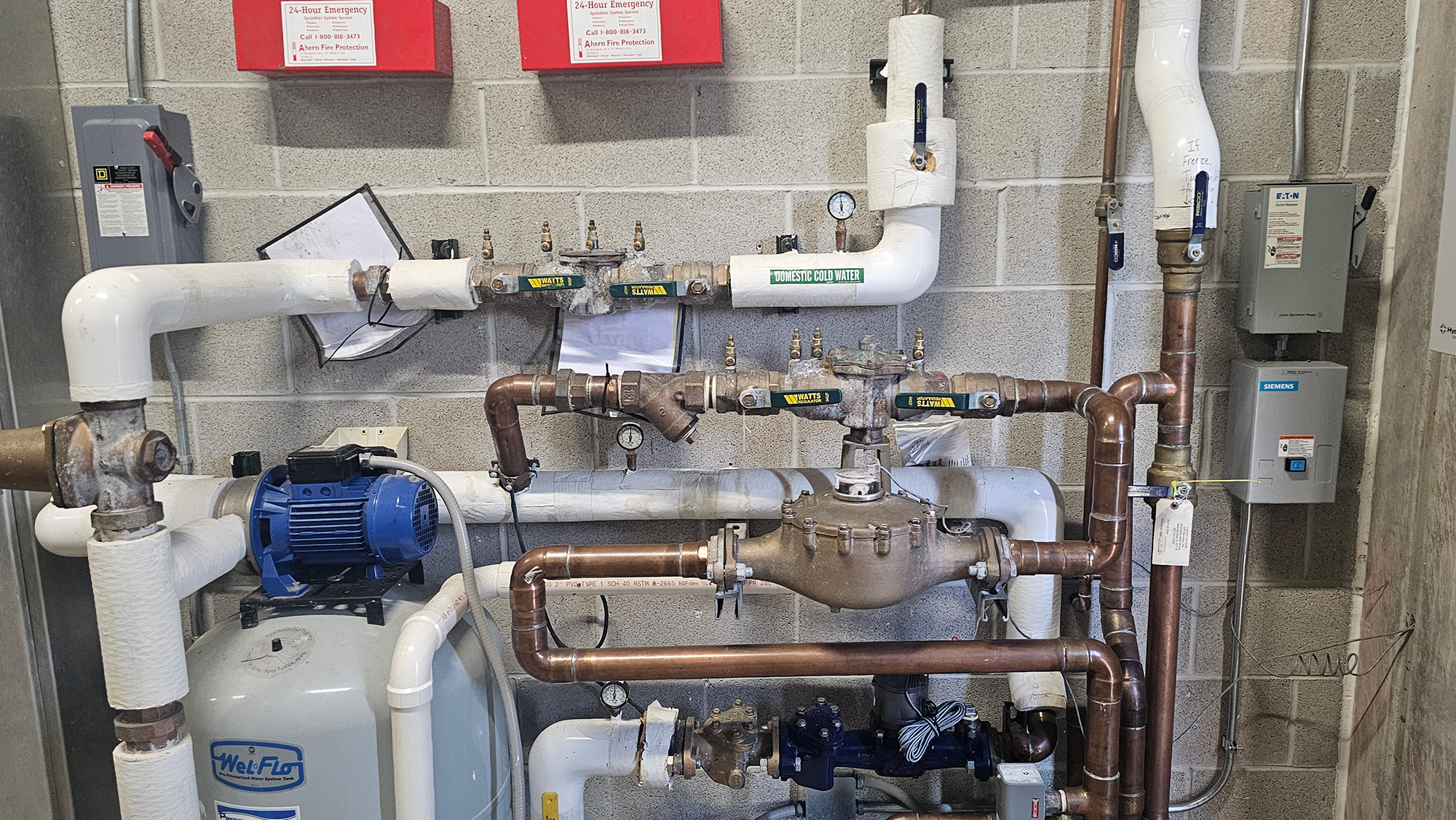Backflows
Safeguard Water Purity with Backflows Prevention
A backflows prevention device is a vital safety mechanism in fire protection systems designed to prevent the reverse flow of water, which could contaminate the clean water supply. In the context of fire protection, backflow prevention is crucial for ensuring that water from the fire protection system, which may contain chemicals, debris, or stagnant water, does not flow back into the potable water supply.
Backflow Preventers
Each type of backflows prevention device—whether used in fire protection, irrigation, or domestic systems—plays a crucial role in safeguarding the integrity of your water supply. Regular inspection and maintenance of these devices are essential to ensure their continued effectiveness and reliability.

NFPA 25 Water Based System Inspection & Testing Frequency
NFPA 25, the Standard for the Inspection, Testing, and Maintenance of Water-Based Fire Protection Systems, outlines specific guidelines for how often various components of these systems should be inspected and tested to ensure they are in proper working condition. Below is a breakdown of the recommended inspection and testing frequencies for key components:
| Component | Inspection Frequency | Testing Frequency | Notes |
| Backflow Preventers | Monthly | Annually | Test: Perform a forward flow test and backflow prevention test annually by a certified technician. |
Additional Notes:
- Visual Inspections: Should be performed regularly (monthly or quarterly) to ensure all components are in good condition and ready for operation.
- Record Keeping: Document all inspections, tests, and maintenance activities, including dates, persons performing the tasks, and any issues found.
- Emergency Repairs: If any deficiencies are found during inspections or tests, immediate repairs are required to ensure the system’s reliability.
This chart provides a general overview based on NFPA 25. Local regulations, manufacturer instructions, and the specific design of the fire protection system may require additional inspections and tests. Always refer to the latest edition of NFPA 25 for the most accurate and detailed information.